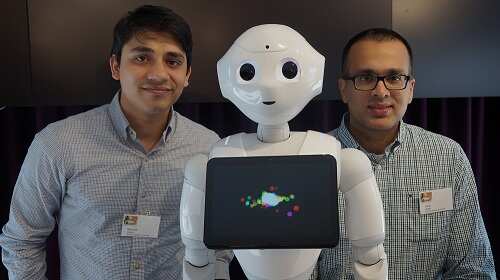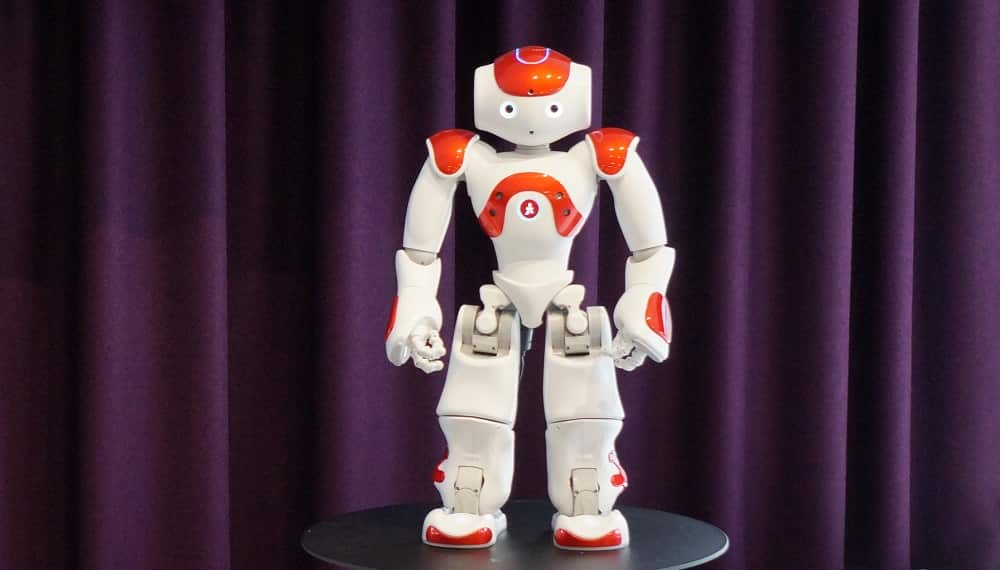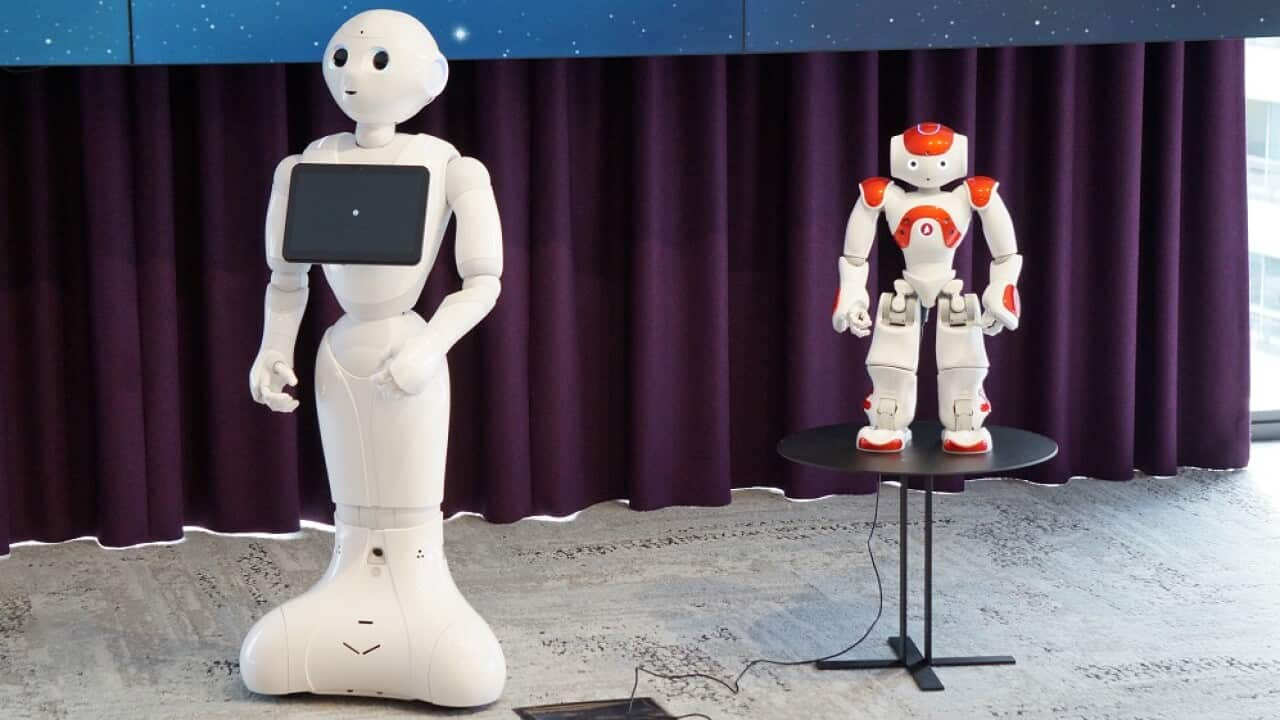“Hi I am Pepper. I am a humanoid robot. I am four years old. I can give you useful information about products and services.”
These words were spoken by the four feet tall robot ‘Pepper’ introduced at Ideas Lab 2018 by Western Sydney University.
Pepper, who is the first humanoid robot that can recognise emotions, is under research at the university where best minds are currently identifying ways to connect it and other robots with people help and assist individuals or businesses.
Dr Omar Mubin, Senior Lecturer at the university and the lead researcher of the project says ‘social robot’ can be very useful for individuals as well as businesses.
“Robots are usually perceived to be industrial robots assisting in car manufacturing and other industries for mass manufacturing. It could a robotic arm or part in a factory.
Unlike these robots, ‘Social Robot’ such as Pepper talks to people, interacts with them as it looks like them too.
Similarly, it can also move and make gestures. It can make a conversation and can understand what they are saying.
As the robot looks like a human, there is a higher possibility that people would like to interact with them compared to a screen.
They might feel an association or a connection with the robot which a tablet or a kiosk might not be able to provide.”

From left to right (Researcher Muneeb Ahmad, Pepper and Dr Omar Mubin) Source: SBS
Social robots such as Pepper are being used in various countries across the world but have not yet made a mark in Australia.
Dr Mubin says that while currently there are hardly any robots being used in Australia, we are catching up with technology.
“Australia is an up and coming market in terms of robot technology and there has not been a major penetration of interactive robots. There is limited awareness compared to East Asian markets such as Japan and South Korea.
But now [in Australia] things are changing; every other person has a smart phone and uses various other technologies.
We are creating awareness through Pepper.”
Apart from Pepper another social robot named ‘Nao’ has been tested for educational purposes.

Social Robot 'Nao' Source: SBS
Researcher Muneeb Ahmad who researched the interaction of Nao with students in schools says Nao who was used as a learning partner and was a great attraction for kids.
“My aim was to find out ways to not only have interactions between students and robot but have long term engagements in order to have a social relation.
Usually kids when they meet the robot they interact once or twice out of interest. But when I programmed the robot to learn their scores and test results, their responses and then have the robot interact with them for suggestions to improve in those areas, the engagement between kids and robot increased for longer periods.”
Dr Mubin says the main advantage of social robots is at places where people require a lot of information, data and quickly or places where assistive role is important.
“Places like airport, shopping centres, banks, market, offices, grocery stores or even concierge would be ideal places for its application. Similarly, education and aged care are good areas for social robots.”
Researchers are now looking for industry partners so they can run field trials.
For more information click www.facebook.com/sbsurdu
Share

